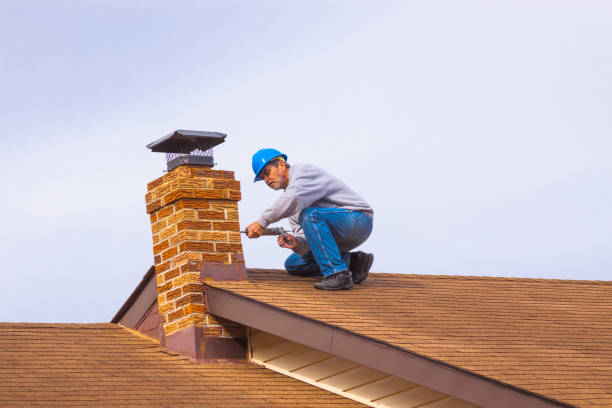Introduction:
Welcome to our comprehensive guide on chimney restoration. Your chimney plays a crucial role in your home’s safety and functionality, and ensuring it’s in top condition is essential. Whether you’re considering a complete replacement or need some restoration work, this guide has got you covered. Let’s dive in!
The Importance of a Well-Maintained Chimney
Signs Your Chimney Needs Attention
- Visible Damage: Cracks, crumbling mortar, or leaning chimney structure.
- Moisture Issues: Water leaks, dampness, or mold growth around the chimney.
- Poor Performance: Smoke backing up, difficulty lighting fires, or unusual smells.
- Age: Chimneys older than 50 years may require thorough inspection and potential restoration.
Chimney Replacement: A Complete Overhaul
Steps Involved in Chimney Replacement
- Assessment: Hire a professional chimney inspector to evaluate the extent of damage and recommend the best course of action.
- Demolition: If replacement is deemed necessary, the old chimney will need to be carefully dismantled to make way for the new structure.
- Materials Selection: Choose high-quality materials that are suited to your home’s design and withstand the elements.
- Construction: Skilled masons will construct the new chimney according to industry standards and local building codes.
- Finishing Touches: Once the chimney is built, ensure it’s properly sealed and finished to enhance durability and aesthetics.
- Regular Maintenance: Schedule regular inspections and cleanings to keep your new chimney in top condition for years to come.
Chimney Restoration: Bringing Old Chimneys Back to Life
Steps Involved in Chimney Restoration
- Cleaning: Start by removing any debris, creosote buildup, or vegetation from the chimney structure.
- Repairing Mortar Joints: Crumbling mortar joints can compromise the chimney’s integrity. Repointing or tuckpointing may be necessary to restore stability.
- Replacing Damaged Bricks: Swap out cracked or broken bricks to ensure the chimney’s structural integrity.
- Waterproofing: Apply a waterproof sealant to protect the chimney from moisture damage and extend its lifespan.
- Flue Relining: If the chimney flue is damaged or deteriorating, relining it with a durable material like stainless steel can improve safety and efficiency.
- Chimney Cap Installation: Install a chimney cap to prevent water, debris, and animals from entering the flue and causing damage.
- Smoke Chamber Repair: Address any issues with the smoke chamber to ensure proper draft and ventilation.
- Final Inspection: Once restoration work is complete, have a professional chimney sweep inspect the chimney to ensure it’s safe for use.
Conclusion:
Whether you’re facing the need for complete chimney construction or just some restoration work, it’s crucial to address issues promptly to avoid safety hazards and costly repairs down the line. By following the steps outlined in this guide and enlisting the help of qualified professionals, you can enjoy a safe, functional, and aesthetically pleasing chimney for years to come.
